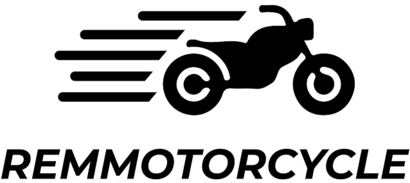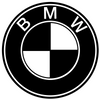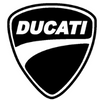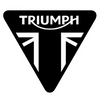SEARCH BY CATEGORIES
SEARCH BY INSPIRATIONS
- Air filters
- Brake & Clutch levers
- Electric box
- Exhaust
- Fenders
- Footpegs
- Front protections
- Front suspension
- Front suspension protections
- Fuel tanks
- Handle grips
- Handlebar
- Handlebar switch controls
- Headlights
- License plate holder
- Mirrors
- Mudguards
- Rear frame
- Suspensions
- Seats
- Silencers
- Speedometers
- Taillights
- Thermal strips
- Turn signals
- Air filters
- Belows front suspensions
- Brake & clutch levers
- Electric box
- Engine protection
- Exhaust
- Fenders
- Foot pegs
- Front suspensions
- Fuel tanks
- Handle grips
- Handlebar switch controls
- Handlebars
- Headlights
- License plate holder
- Mirrors
- Mudguards
- Rear frame
- Rear light
- Rear suspensions
- Seats
- Silencers
- Speedometers
- Thermal strips
- Turn signals
- Air filters
- Belows front suspensions
- Brake & Clutch levers
- Electric box
- Exhausts
- Fenders
- Foot pegs
- Front suspensions
- Fuel tanks
- Handle grips
- Handlebar switch controls
- Handlebars
- Headlights
- License plate holders
- Mirrors
- Mudguards
- Rear light
- Rear suspensions
- Seats
- Silencers
- Speedometers
- Thermal strips
- Turn signals
- Air filters
- Belows front suspension
- Brake & Clutch levers
- Electric box
- Exhaust
- Fenders
- Foot pegs
- Front protection
- Front suspensions
- Fuel tanks
- Handle grips
- Handlebar switch controls
- Handlebars
- Headlights
- License plate holders
- Mirrors
- Mudguards
- Rear frame
- Rear light
- Rear suspensions
- Seats
- Silencers
- Speedometers
- Thermal strips
- Turn signals
- Air filters
- Belows front suspensions
- Brake & Clutch levers
- Electric box
- Engine protection
- Exhausts
- Fenders
- Foot pegs
- Front suspensions
- Fuel tanks
- Handle grips
- Handlebar switch controls
- Handlebars
- Headlights
- License plate holders
- Mirrors
- Mudguards
- Rear frame
- Rear light
- Rear suspensions
- Seats
- Silencers
- Speedometers
- Thermal strips
- Turn signals

- Air filters
- Brake & Clutch levers
- Electric box
- Exhaust
- Fenders
- Footpegs
- Front protections
- Front suspension
- Front suspension protections
- Fuel tanks
- Handle grips
- Handlebar
- Handlebar switch controls
- Headlights
- License plate holder
- Mirrors
- Mudguards
- Rear frame
- Suspensions
- Seats
- Silencers
- Speedometers
- Taillights
- Thermal strips
- Turn signals

- Air filters
- Belows front suspensions
- Brake & clutch levers
- Electric box
- Engine protection
- Exhaust
- Fenders
- Foot pegs
- Front suspensions
- Fuel tanks
- Handle grips
- Handlebar switch controls
- Handlebars
- Headlights
- License plate holder
- Mirrors
- Mudguards
- Rear frame
- Rear light
- Rear suspensions
- Seats
- Silencers
- Speedometers
- Thermal strips
- Turn signals
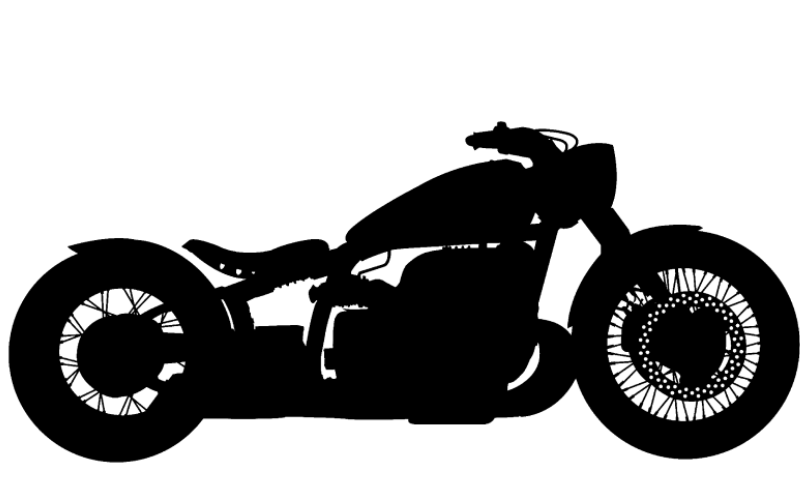
- Air filters
- Belows front suspensions
- Brake & Clutch levers
- Electric box
- Exhausts
- Fenders
- Foot pegs
- Front suspensions
- Fuel tanks
- Handle grips
- Handlebar switch controls
- Handlebars
- Headlights
- License plate holders
- Mirrors
- Mudguards
- Rear light
- Rear suspensions
- Seats
- Silencers
- Speedometers
- Thermal strips
- Turn signals
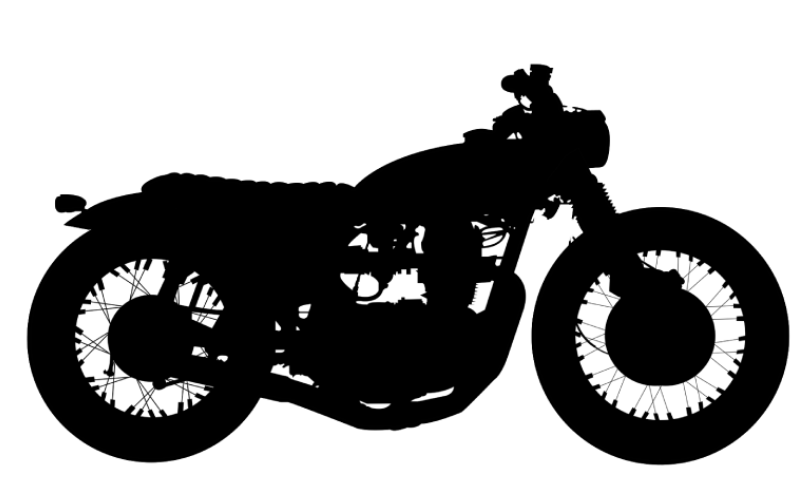
- Air filters
- Belows front suspension
- Brake & Clutch levers
- Electric box
- Exhaust
- Fenders
- Foot pegs
- Front protection
- Front suspensions
- Fuel tanks
- Handle grips
- Handlebar switch controls
- Handlebars
- Headlights
- License plate holders
- Mirrors
- Mudguards
- Rear frame
- Rear light
- Rear suspensions
- Seats
- Silencers
- Speedometers
- Thermal strips
- Turn signals
- Air filters
- Belows front suspensions
- Brake & Clutch levers
- Electric box
- Engine protection
- Exhausts
- Fenders
- Foot pegs
- Front suspensions
- Fuel tanks
- Handle grips
- Handlebar switch controls
- Handlebars
- Headlights
- License plate holders
- Mirrors
- Mudguards
- Rear frame
- Rear light
- Rear suspensions
- Seats
- Silencers
- Speedometers
- Thermal strips
- Turn signals
PLUS DE MOTO
Add description, images, menus and links to your mega menu
A column with no settings can be used as a spacer
Link to your collections, sales and even external links
Add up to five columns
Add description, images, menus and links to your mega menu
A column with no settings can be used as a spacer
Link to your collections, sales and even external links
Add up to five columns
Add description, images, menus and links to your mega menu
A column with no settings can be used as a spacer
Link to your collections, sales and even external links
Add up to five columns
Add description, images, menus and links to your mega menu
A column with no settings can be used as a spacer
Link to your collections, sales and even external links
Add up to five columns
cafe racer front suspension
Cafe racer forks refer to the front suspension component of a motorcycle, specifically designed for cafe racer style motorcycles.
Cafe racers are typically lightweight and have a sporty, streamlined design, and the forks are often shorter than those found on standard motorcycles to enhance the bike's aerodynamics.
The forks are typically made from aluminum or steel, and may feature adjustable preload, compression, and rebound damping to fine-tune the bike's handling.
Some cafe racer forks also feature a fork brace, which is a reinforcement piece that attaches to the fork legs to increase their rigidity and improve handling.
types of front forks for cafe racer
There are several types of front forks that can be used on cafe racer motorcycles, each with their own characteristics and benefits.
- Conventional forks: also known as telescopic forks, these are the most common type of fork found on motorcycles. It consist of two tubes, one sliding inside the other, that compress and extend to absorb impacts from the road. These are generally less expensive and easier to find.
- Upside-down forks: also known as inverted forks, these have the inner tubes upside down, with the sliders on the top. It is more expensive than conventional forks but offer improved handling and better resistance to stanchion wear, as well as a more sporty look.
It's important to note that each type of fork will have their own advantages and disadvantages, and the choice of fork will depend on the specific needs of the rider and the intended use of the motorcycle.
Swap Conventional forks to Upside-down forks on a cafe racer
Swapping conventional forks for upside-down forks on a cafe racer motorcycle can improve the handling and performance of the bike. However, it's important to note that this modification can be complex and may require professional installation.
Here are the general steps involved in swapping the forks:
- Remove the old forks: This involves removing the fork legs, the triple clamp, and any other components that are connected to the fork legs, such as the fender, brake calipers, and speedometer.
- Install the new upside-down forks: This involves attaching the new fork legs to the triple clamp and connecting the other components that were removed in step 1.
- Adjust the fork settings: The upside-down forks may have different settings for preload, compression, and rebound damping than the conventional forks. It's important to adjust these settings according to the rider's preference and the intended use of the motorcycle.
- Align the front wheel: After the new forks are installed, it's important to check the alignment of the front wheel to ensure that the bike handles properly.
It's important to note that swapping forks will affect the geometry of the bike and may require other adjustments to the bike such as the steering head angle, trail or the suspension linkage. It's also important to check the compatibility of the new forks with the frame of the bike and the availability of the correct parts and hardware to complete the installation.
It's recommended to have a professional to perform this modification, as it requires specific tools and knowledge to ensure that the new forks are properly installed and the bike is safe to ride.
How to adapt a forks not fitted on a motorcycle?
Adapting a set of forks that are not originally fitted to a motorcycle can be a complex task that requires specific knowledge, tools, and experience. Here are some general steps that are typically involved in adapting forks to a motorcycle:
- Measure and verify compatibility: Measure the dimensions of the existing fork legs and compare it to the new forks to ensure that it is compatible with the motorcycle's frame and other components. This includes the diameter of the fork legs, the distance between the fork legs, and the offset of the fork legs. Also verify the compatibility of the brake caliper, fender and other accessories.
- Fabricate or modify the triple clamp: The new forks will likely have a different diameter than the existing fork legs, so the triple clamp will need to be modified or fabricated to fit the new forks. This may involve cutting and welding the triple clamp, or machining it to the correct size.
- Install the new forks: Once the triple clamp has been modified or fabricated, the new forks can be installed. This involves attaching the fork legs to the triple clamp and connecting the other components that were removed in step 1.
- Adjust the fork settings: The new forks may have different settings for preload, compression, and rebound damping than the existing forks. It's important to adjust these settings according to the rider's preference and the intended use of the motorcycle.
- Align the front wheel: After the new forks are installed, it's important to check the alignment of the front wheel to ensure that the bike handles properly.
It's important to note that adapting forks to a motorcycle can affect the geometry of the bike and may require other adjustments to the bike such as the steering head angle, trail or the suspension linkage. It's also important to check the availability of the correct parts and hardware to complete the installation. It's highly recommended to have a professional to perform this modification, as it requires specific tools and knowledge to ensure that the new forks are properly installed and the bike is safe to ride.
Why upside-down forks is better than Conventional forks on a cafe racer?
Upside-down forks, also known as inverted forks, are considered to be a better option than conventional forks on a cafe racer motorcycle for several reasons:
- Improved handling: Upside-down forks have the inner tubes upside down, with the sliders on the top. This design improves the stiffness and rigidity of the fork legs, which results in better handling and more precise steering.
- Greater resistance to stanchion wear: The upside-down design also places the sliders on the top of the fork legs, which means that it is less likely to be damaged by dirt and debris. This results in longer lifespan of the fork legs.
- Better suspension performance: Upside-down forks also have more complex internal valving, which allows for more precise and effective suspension damping. This can improve the overall performance and handling of the bike.
- Sporty look: Upside-down forks give the bike a sporty and high-performance look, which is well suited for cafe racer motorcycles.
- Lower unsprung weight: As the sliders are at the top, it reduces the weight of the parts that move with the suspension which also improves the handling, braking and accelerating performance.
It's important to note that upside-down forks are generally more expensive than conventional forks and may be more difficult to find. Additionally, the installation and maintenance of these forks may be more complex than that of conventional forks.

